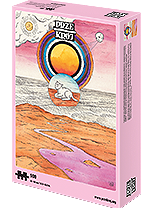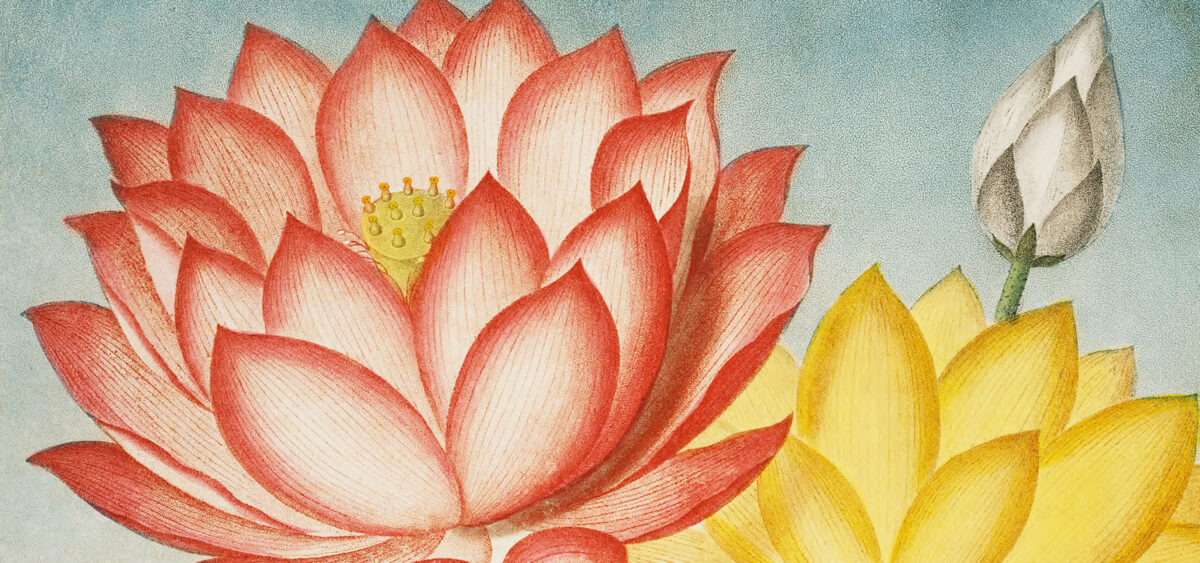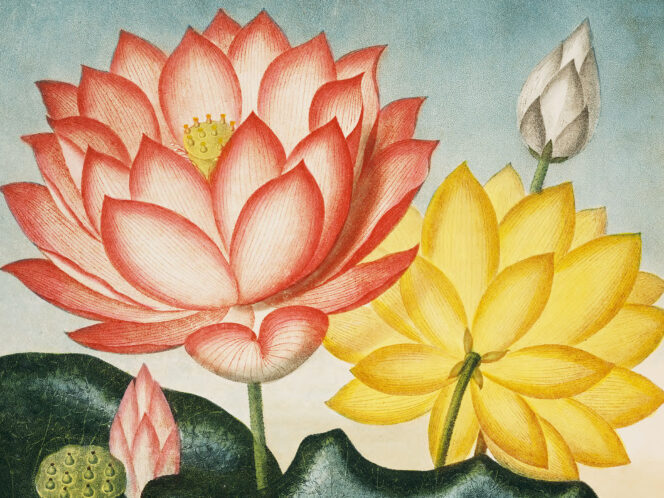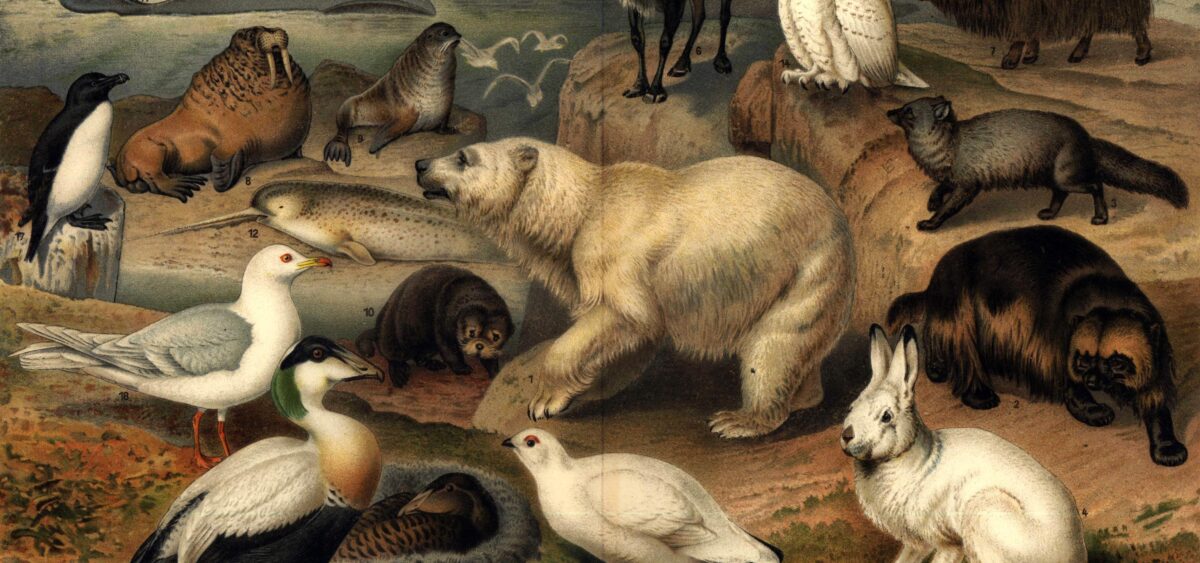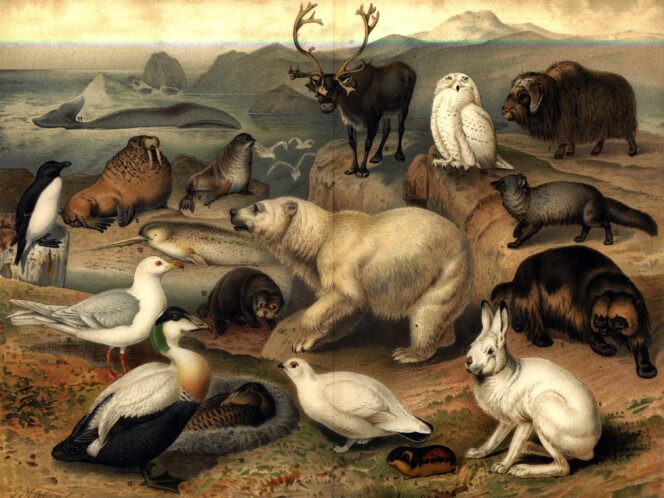
We are not able to fully comprehend nature, and we don’t know how to imitate it in an ideal manner, but we are trying and we’re getting better at it. Engineers spy on mechanisms developed in the course of evolution and put it to good technical use. The effects are often remarkable. Here are six inventions of nature that were copied by humans.
What can be more beautiful than a trail in the woods, sun shining, carriage rolling?
What will the next turn bring, what will fill our surprised eyes?
Mirosław Hrynkiewicz, The Trail in the Woods (O drodze w lesie)
Immaculate in the Swamp
For many Asian cultures, the lotus flower is the example of perfection. It symbolizes beauty, purity, sanctity, and reincarnation. The beautiful flower grows in muddy rivers and lakes. The leaves of this plant are amazing; although they are often immersed in muddy water, they never get dirty.
The German botanists Wilhelm Barthlott and Christoph Neinhuis explained the unusual self-cleaning capabilities of the lotus. The cells of the external layer of the leaf create protrusions about 20–50 micrometers in size, which in turn have smaller protrusions of 0.5–3 micrometers in size covered with


